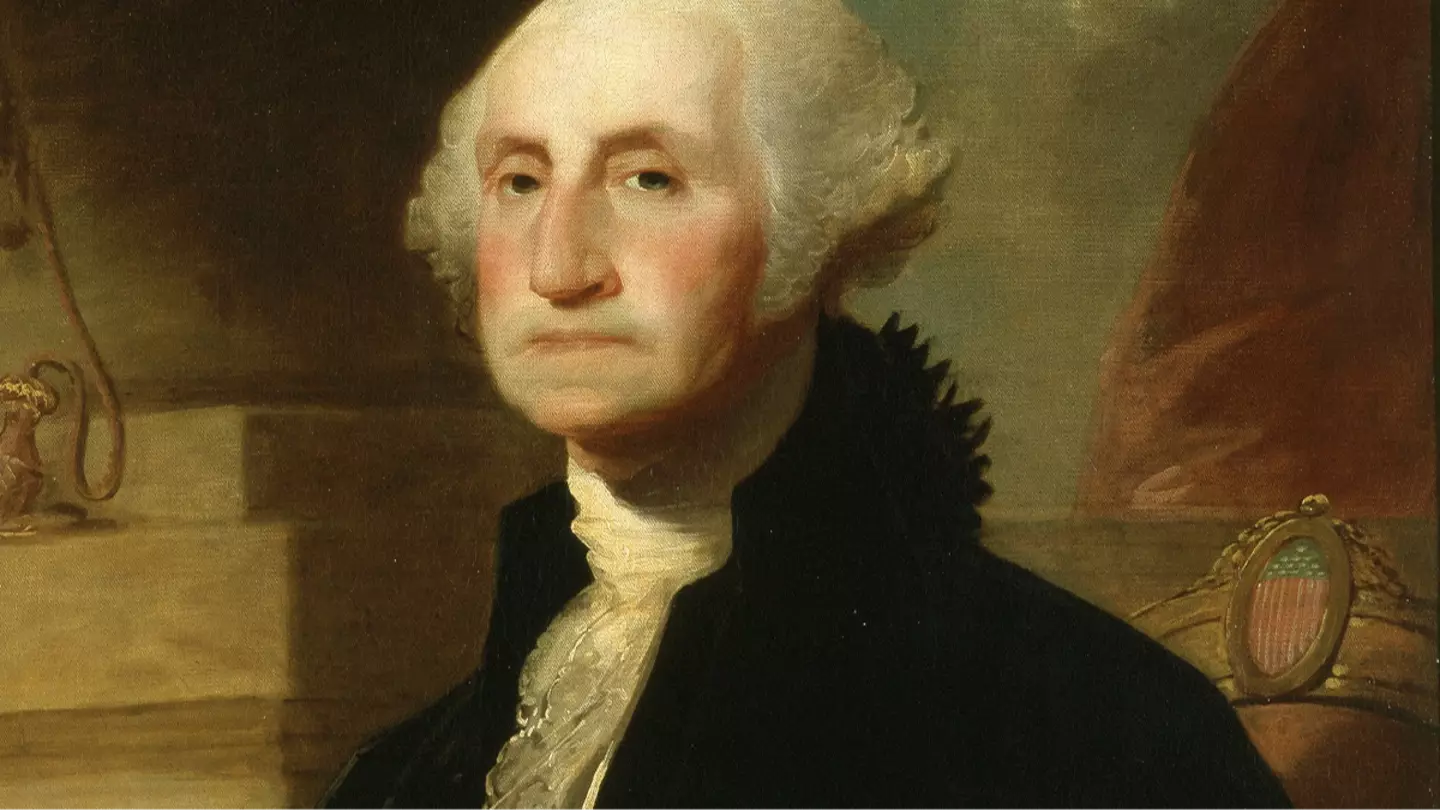In today’s digital age, where information is easily accessible, many historical myths continue to persist despite being debunked. Human history is an intricate tapestry of events and stories, some of which have been inaccurately retold over time.
Despite the vast amount of historical data available, some narratives have been distorted, leading to misconceptions that remain popular. This article explores five significant historical myths that are still widely believed.
The tale of the assassination that triggered the First World War is a notable example of a historical event often misrepresented. Although multiple assassins failed in their attempts to kill Franz Ferdinand, it was 19-year-old Gavrilo Princip who ultimately succeeded. Contrary to popular belief, Princip wasn’t eating a sandwich just before the assassination. The incident occurred when the car carrying Ferdinand took a wrong turn, stopping right in front of Princip as he exited a deli. The sandwich story, though intriguing, isn’t supported by primary sources.
Another well-known historical event is the Salem Witch Trials of 1692. Popular culture often portrays those accused of witchcraft as being burned at the stake. However, this image is misleading. During the Salem Witch Trials, the accused were actually hanged. Dr. John Howard Smith, a history professor, explains that the method involved “turning victims off a ladder,” causing them to strangle rather than die instantly.
The myth that George Washington had wooden dentures is so widespread that the George Washington Mount Vernon museum addresses it directly. The museum clarifies that while Washington did wear dentures made from materials like ivory, gold, and human teeth, wood was never used. This misconception has been taught for generations, despite its inaccuracy.
Christopher Columbus is often credited with discovering America, a notion celebrated with a national holiday. However, Columbus never set foot in North America. His explorations were limited to parts of Central and South America. Furthermore, the land Columbus is credited with discovering had already been explored around 500 years earlier by Norse explorer Leif Erikson, who reached what is now Newfoundland, Canada.
The myth surrounding Napoleon’s height, though frequently debunked, still lingers. Known as the “Napoleon complex,” it’s a stereotype that describes short individuals as being quick to anger. In reality, Napoleon’s height was average for his time, standing between 5’6″ and 5’7″. The idea of him being unusually short was likely a result of British propaganda.
These myths serve as reminders of how historical narratives can be altered and misunderstood, highlighting the importance of verifying facts and questioning long-held beliefs.

